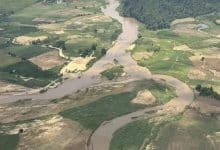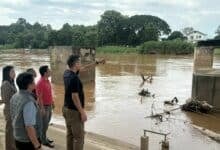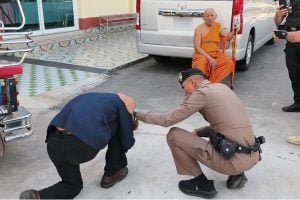Thai government threaten to boycott new Lao hydro electric dam project
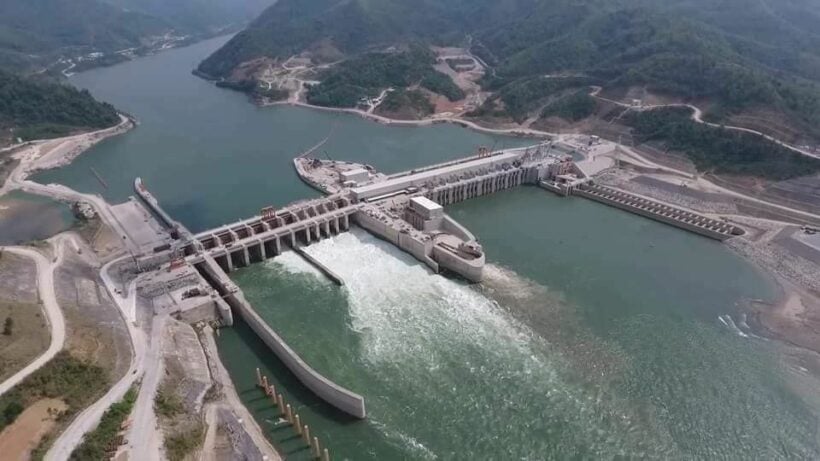
Loas officials have announced the announcement of yet another Laos hydro electric dam and Thai authorities aren’t happy. The long list of Laos and Chinese dams along the Mekong River have hugely affected the life of communities downstream of the Mekong in Thailand, Cambodia and Vietnam. And Laos. The Lao PDR has been described as South East Asia’s ‘battery’ and has been building hydro electric dams at speed in recent decades, sometimes with disastrous consequences.
They’ve question the potential environmental impact of the planned Sanakham hydroelectric dam in Laos between Xayaburi and Vientiane, and say they could exercise a section of the Mekong River Agreement to halt the scheme.
The Mekong River is the 12th longest river in the world at 4,350 kilometres. It starts in the Himalayas and flows through six countries to its mouth in Vietnam and out into the South China Sea.
Somkiat Prajamwong, secretary-general of the Office of National Water Resources says they won’t oppose the dam project if there is no impact.
“But if conclude that construction will have a damaging effect on the environment in Thailand, we will exercise our right as a member of the Mekong River Commission to stop the project under the Mekong Agreement.”
Article 7 under the Mekong River Commission’s “Agreement on the Cooperation for the Sustainable Development of The Mekong River Basin 1995″ says that members of the Commission can veto any proposal for the area which they consider may have a harmful effect on the environment. The Article has never been used in the past.
The Thai government has issued a request to the Lao government for additional environmental studies, particularly as the limited information supplied by the Lao government hints at increased levels of sediment in the freshwater ecological system. ”
“We have requested additional information from the Lao government, particularly regarding concerns we have over the trans-boundary impact of the project. As far as I know, the correct environmental assessments have yet to be carried out,” according to the Bangkok Post.
Dr Chainarong Setthachua, a lecturer and ecology expert at Maha Sarakham University, has been a long-term critic of the “ongoing Mekong crisis”.
“It’s the most disastrous situation in history.”
Little is being done by governments whose are borders with the Mekong River despite recent stories and stark photos of the dried-bed of a major river that passes through China, Thailand, Laos, Cambodia and Vietnam.
“We used the river as a political tool and an asset for economic development. Yet, we did not supervise its development, which has resulted in a real disaster. I don’t see any solutions because every government is only focusing on building dams, but not on the scars these development plans are leaving behind.”
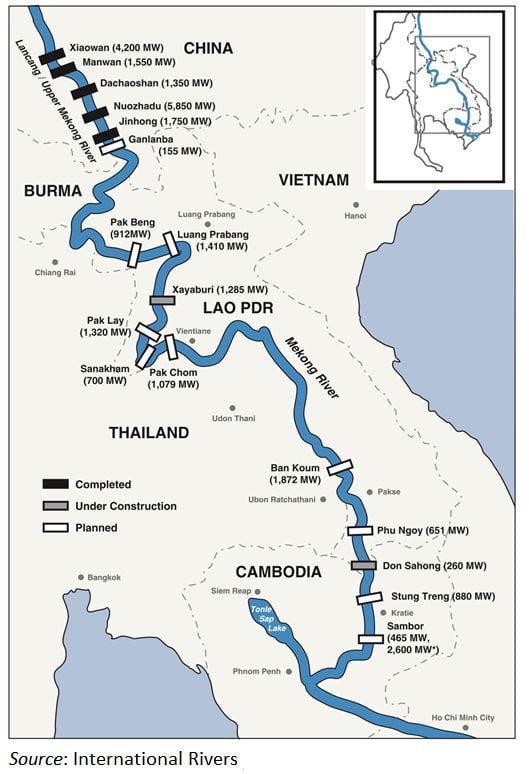
A study from the Australian National University states that Mekong Basin dwellers are struggling to find new protein resources as a substitute for the fish. It would take both massive water and land resources, especially in Cambodia, to create new protein substitutes.
Downstream, communities in Vietnam’s Mekong Delta decline are suffering coastal erosion and salination of their once-fertile land. Dams are threatening the country’s “breadbasket” as locals experience food shortages and are unable to access freshwater for daily needs.
In July 2018, hundreds of households in Laos were heavily flooded after a large amount of water overflowed a saddle dam section of the Xe Pian dam following heavy rainfall in the Lao southern province of Attapeu. The disaster claimed 26 lives, left hundreds of people missing and more than 6,600 people homeless.
Last month, the Thai government fired the first salvo saying that it might not purchase electricity from the Sanakham dam project citing its “environmental impact”.
Mr Somkiat said that the dam site is also located on a curve of the river, which will make it harder to control the water flow compared with a straighter stretch, and that could have severe consequences for areas along the border.
The Lao government plans to build the 684-megawatt hydropower plant only 2 kilometres from Loei’s Chiang Kan district.
Construction of the new dam by a Chinese company is slated to start at the start of 2021 and finish in 2028 at a cost of 6.4 billion baht.
You can read more about the Laos project to use hydro electricity to ‘power’ its economy HERE.
Latest Thailand News
Follow The Thaiger on Google News:
